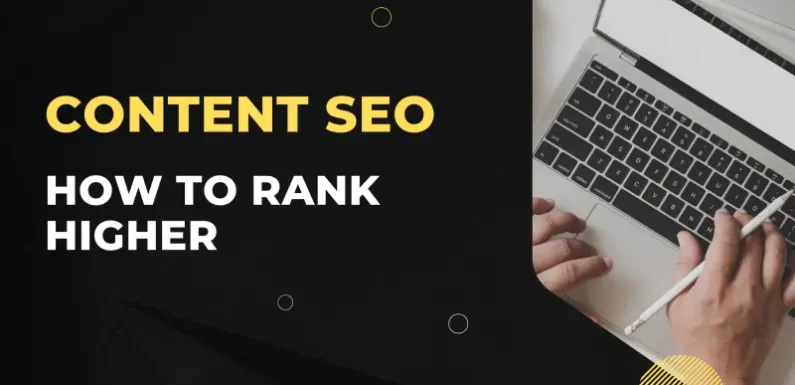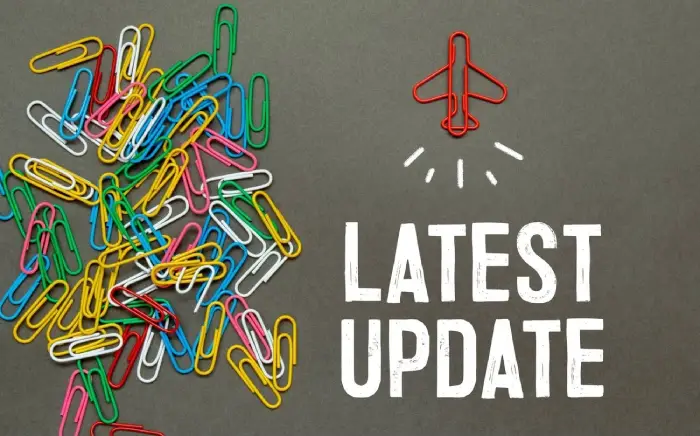
In today’s competitive digital environment, merely publishing content isn’t enough to make your website rank. The secret to securing higher positions in search engine results is SEO content optimization. But what exactly is this, and how can you implement it effectively?
Let’s dive into proven techniques that will help you optimize your content for SEO and boost your search rankings. These strategies are essential to improving your website’s visibility, engaging your audience, and ultimately driving more traffic.
Understanding SEO Content Optimization
Defining SEO Content Optimization
An SEO content optimization strategy involves enhancing your website’s content in order to rank higher in search engine results pages (SERPs). This process involves refining various elements of your content, from keywords and formatting to multimedia, ensuring it aligns with search engine guidelines while remaining user-focused.
Why Content Optimization is Different from Traditional SEO
While traditional SEO focuses on technical aspects like backlinks and site structure, content optimization zeroes in on the actual text, multimedia, and user experience. This ensures that the content itself is tailored to both search engines and human readers.
How Google Evaluates and Ranks Optimized Content
Google’s algorithms evaluate optimized content based on several factors including relevance, keyword usage, user engagement, and freshness. High-quality, optimized content not only answers the user’s query but also encourages engagement and shares.
Key Elements of Effective SEO Content Optimization
Keyword Research: The Backbone of Content Optimization
Keywords play a central role in SEO. They are the search terms that your audience uses to find information. Understanding and implementing them strategically is vital.
Using Long-Tail Keywords for Better Targeting
A long-tail keyword is a phrase with a low search volume, but it can lead to a higher conversion rate than a general search term. These keywords are often used by people further along in the buying process and looking for something more detailed or niche. For example, phrases like “best SEO service provider” are more targeted and focused than “SEO service.” While the latter might attract a larger audience, the more specific phrase will bring users closer to making a decision, ultimately resulting in higher-quality leads and better overall results for your business. By focusing on long-tail keywords, companies can improve their chances of connecting with the right audience and driving more meaningful website traffic.
Avoiding Keyword Stuffing
Google penalizes content that uses keywords unnaturally or excessively. Focus on creating content that flows naturally while incorporating keywords in a strategic, meaningful way.
Crafting SEO-Optimized Headlines
Your headlines should be engaging, clear, and include your primary keywords. They not only impact your rankings but also entice users to click on your content.
The Importance of High-Quality, Engaging Content
No amount of optimization can save poorly written content. Focus on creating engaging, informative, and well-structured content that provides value to your audience.
On-Page SEO Techniques to Boost Content
Optimizing Meta Titles and Descriptions
A website’s meta title and description are essential components of its on-page SEO. By using them, you can give users and search engines an idea of what your content is about. Including relevant keywords in these fields can greatly improve click-through rates and rankings.
Enhancing Readability with Proper Formatting
Make your content digestible by breaking it up into smaller sections. Use bullet points, lists, and short paragraphs to enhance readability. Search engines value user experience, and well-structured content leads to better engagement.
Using Headers (H1, H2, H3) to Improve Structure
Using headers like H1, H2, and H3 organizes your content, making it easier to navigate for both users and search engines. Proper header usage also allows search engines to understand the hierarchy and key points of your content.
Optimizing Images and Multimedia
Images and videos should be optimized with descriptive file names and alt text. Additionally, these elements help search engines understand multimedia content, which improves user experience and SEO.
User Experience and Its Role in Content Optimization

Importance of Mobile Optimization
Mobile optimization is crucial as more users are accessing the internet via mobile devices. Google has shifted to mobile-first indexing, meaning that your website’s mobile version is prioritized when determining rankings.
Page Speed and Its Impact on SEO
Slow-loading pages can hurt your rankings. Tools like Google PageSpeed Insights can help you assess and improve your page speed, ensuring a smoother user experience.
Writing for the User’s Intent
In order to determine the user’s intent, it’s imperative to know what they’re searching for. Are they looking for information, a solution, or to make a purchase? Your rankings can be significantly enhanced by tailoring your content to match your users’ intent.
Content-Length and Depth: What Works Best?
Why Longer Content Tends to Rank Better
Longer, more in-depth content often performs better because it provides comprehensive answers to user queries. However, length should never come at the expense of quality—each sentence should add value.
How to Maintain Content Depth Without Sacrificing Quality
Focus on covering topics thoroughly without straying off-topic. Use headings and subheadings to maintain structure, ensuring the content remains relevant and engaging.
The Role of Comprehensive Content in Ranking
Google prefers content that is comprehensive and covers a topic from multiple angles. This can include text, videos, infographics, and other multimedia elements that enhance the user experience.
Optimizing Existing Content for SEO

How to Audit Your Existing Content
Perform a content audit to identify underperforming pages. Look for content that isn’t ranking well or has outdated information, and use optimization techniques to revitalize it.
Revamping Outdated Content with New SEO Strategies
Rewriting outdated articles with fresh insights, updated keywords, and new multimedia can boost their rankings. Search engines favor content that stays up-to-date with current information.
Updating Meta Tags, Keywords, and Internal Links
Ensure your meta tags, keywords, and internal links are up-to-date. This helps search engines re-evaluate and potentially re-rank your content higher.
Off-Page SEO Techniques for Content Optimization
Building Backlinks to Boost Authority
Backlinks from authoritative websites signal to search engines that your content is trustworthy. Focus on earning quality backlinks to improve your domain authority.
Leveraging Social Signals to Enhance SEO Performance
Although social signals (likes, shares, comments) aren’t direct ranking factors, they help increase visibility and can lead to more backlinks, which do improve SEO.
Guest Blogging for Credibility and Backlinks
The act of writing guest posts on reputable sites not only boosts your credibility, but it also helps you build backlinks, which leads to more traffic being generated to your website.
Measuring SEO Content Optimization Success
Key Performance Indicators to Track SEO Success
Track metrics like organic traffic, bounce rates, keyword rankings, and conversion rates. These KPIs provide insights into how well your optimization efforts are paying off.
Tools to Monitor Your Optimization Efforts
In order to track performance and gain insights into areas for improvement, you can use tools such as Google Analytics, Google Search Console, and SEMrush.
Making Data-Driven Adjustments to Your SEO Strategy
To improve your SEO ranking and content strategies, you should make use of the data you gather when using analytics tools. Continuously refining your efforts will ensure you stay ahead of competitors.
Conclusion
SEO content optimization is a long-term commitment, but the benefits are immense. By continually refining your content with SEO best practices, you can ensure higher rankings, more traffic, and a better user experience. Stay committed to optimizing both new and existing content, and you’ll stay ahead in the ever-competitive digital landscape.
